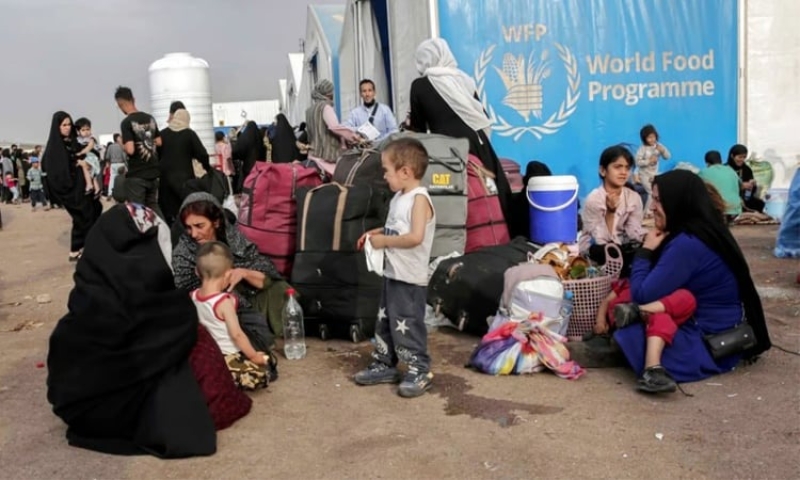- Khaleda now not fit for travelling: Medical Board |
- Panchagarh records lowest temperature 10.5°C so far this year |
- Christmas returns to Bethlehem after two years of Gaza war |
- কলাপাড়া মুক্ত দিবসে এবার সাড়া নেই কার |
- One killed, two injured in attack at Ctg meeting over marriage |
UN Warns Refugees Caught in Climate–Conflict Cycle

UN Warns Refugees Caught in Climate–Conflict Cycle
Millions of refugees are trapped in a worsening cycle of conflict and climate extremes, the United Nations warned on Monday, calling for urgent financing to support the most vulnerable communities ahead of the COP30 climate summit.
According to a new UNHCR report, regions currently hosting nearly half of the world’s refugees could face severe climate shocks within the next 15 years. The agency said that climate change is deepening existing instability and driving repeated displacement, particularly in countries already affected by war and economic strain.
By mid-2025, an estimated 117 million people will have been displaced by conflict, persecution and violence. Three in four are living in countries facing high or extreme exposure to droughts, floods, heatwaves and other climate-related hazards. Over the past decade, weather-related disasters have caused around 250 million internal displacements worldwide.
“Extreme weather is destroying homes and livelihoods and forcing families to flee again,” said UN High Commissioner for Refugees Filippo Grandi. “These are people who have already endured profound loss and now face the same devastation once more, with the fewest resources to recover.”
The report warns that by 2050, the hottest refugee camps in parts of The Gambia, Eritrea, Ethiopia, Senegal and Mali could experience nearly 200 days of dangerous heat stress annually, pushing some areas toward becoming uninhabitable.
The number of countries facing extreme climate exposure is projected to rise from three today to 65 by 2040. These countries currently host more than 45 percent of all displaced people.
However, funding for humanitarian and climate adaptation programmes has been sharply reduced. UNHCR said that cuts by major donors have constrained its ability to protect communities facing escalating climate threats.
“To prevent further displacement, climate finance must reach the communities already under strain,” Grandi said. “This COP must deliver real action, not empty promises.”

